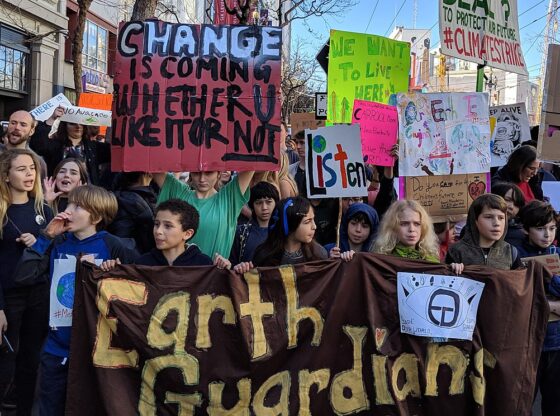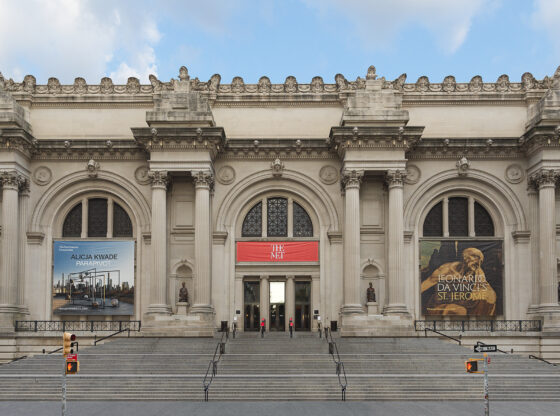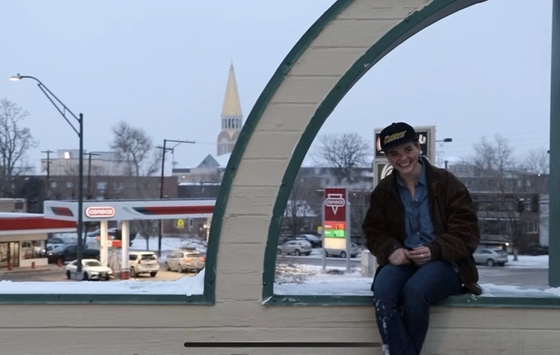 Photo by:
Photo by:
At 7:45 p.m. the clicking noise of paddling motion finally subsided, after Doctor Elizabeth Henry had stood to request a knife from the audience of nearly 40 to fix what seemed to be a broken fuse. It took nearly another 15 minutes for the problematic sound check to subside before Chicago filmmaker Ben Russell could quit his frantic dance from back to front of Lindsey Auditorium and address the audience.
“Turn it up- OK now we’ve got it,” Russell said from behind his 16 mm film as a loud clicking noise filled the hall.
“I travel, sort of like a band tours showing films and setting up sound and lights to accompany. It can be a little shaky at times but it is super nice how easy it is to transport,” Russell said.
Russell received a BA in art and semiotics from Brown University before spending time in Suriname with the Peace Corps and then completing a MFA in film and video from the School of the Art Institute Chicago.
Since 1998 Russell has filmed 23 films but the six shorts featured last Tuesday night, “The Black and White Trypps,” grew from a musical experience with punk band, Lightening Bolt, in Rhode Island five years ago. He explained that through the music he found himself in a trance-like state and the limited film scene in the area left him desirous. He wanted to parallel the feeling of melting into music and create film that equally created an obsessive motion.
“[The films] are still progressing but it began from wanting to have a bodily experience of the moving image.” Russell said.
At the time he was dating a girl who sent him an email with the word “trypps,” in the subject which became the central theme he began to explore.
“It’s cool being involved with so many projects because I can say, ‘Well I’m interested in the psychedelic experience and travel and see where that leads, it allows me to pull from a lot of experiences,” said Russel.
Russell issued a warning that those who suffer from epileptic seizures and made uncomfortable by silence might want to remove themselves before smirking and scampering off to the back of the auditorium once more.
All films are separated by the traditional countdown that repeatedly serves to delve viewers deeper into the scattered realm of the unimaginable. In the hands of the director the shift is made from silent flipped spray painted film, to black and white high contrasts, to sweaty bodies curled about each other to form the front pit of a Lightening Bolt concert. A camera with a dim spotlight guides the viewers experience, at times leaving them squinting at an almost entirely black screen save a dim reflection of a grimy mouth or a portion of the glistening faces of the punk crowds’ shaking bodies.
The fourth film is where Russell says he delivers an apology for the first two pieces. He uses clips of comedian Richard Pryor using racially charged words before he took a transformational trip to West Africa after which he ceased to use such language. The short, also in black and white, illustrates that terms, sharpness and color combine to form a more confusing spectrum than the viewer might initially have anticipated. It forces the observer to examine an ideological issue in a space where it’s complexity is visibly exposed to the blaring reality of chaotic movement.










